The Power of the Collective for Japanese schoolgirls
The photographer Osamu Yokonami addresses the notion of belonging to a community in his series 'Assembly.'
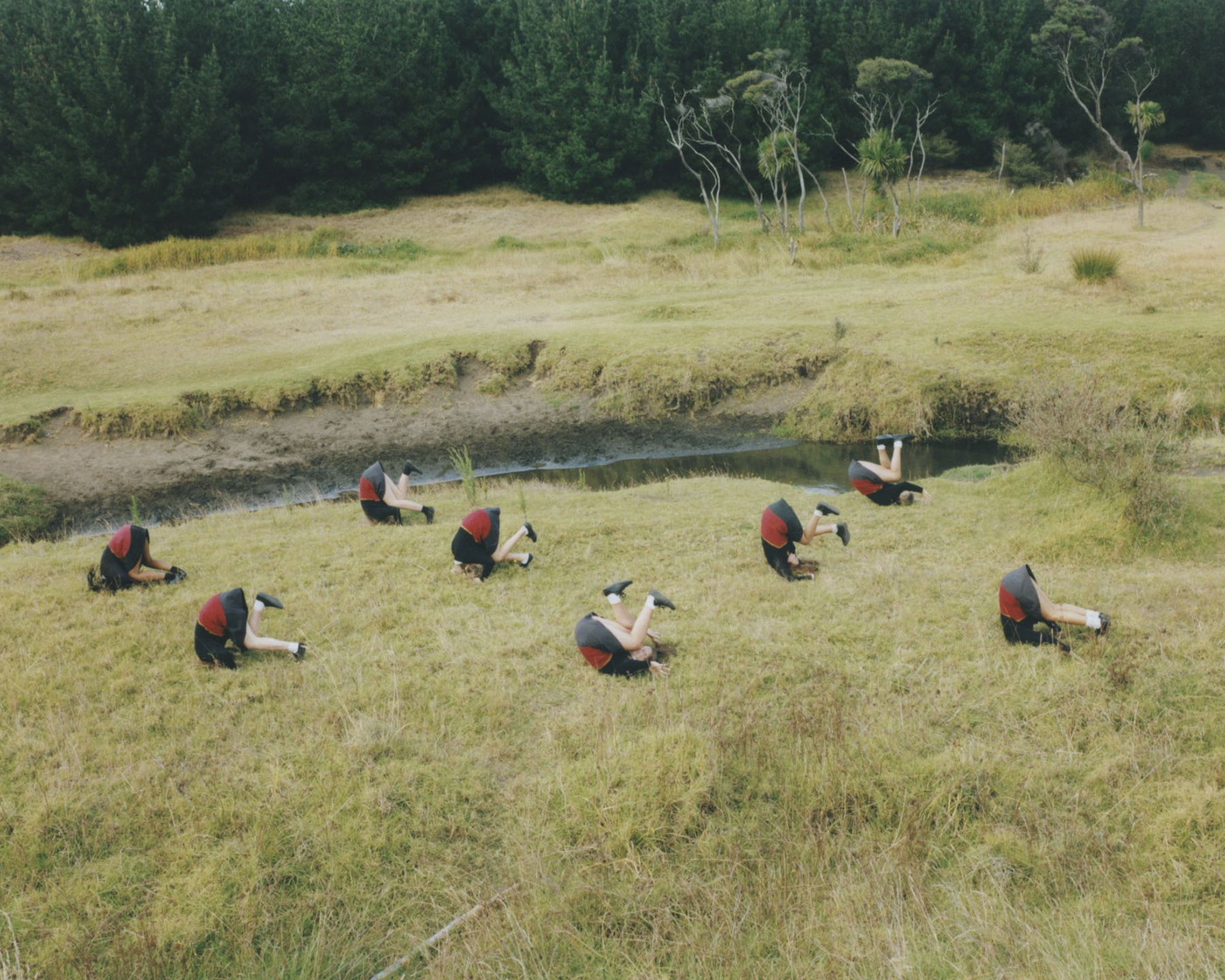
Osamu Yokonami, “Assembly I-5” (2014)
For his project Assembly, Osamu Yokonami created a series of photographs of secondary school girls in different natural environments, questioning the notion of individuality within a uniform group.
Born in Tokyo in 1976, Osamu Yokonami works as an artist and a fashion and advertising photographer.
A concept at the heart of Japanese society
As the Art Loft Asia gallery’s website explains, Assembly illustrates to a certain degree the idea expressed by Gilles Deleuze, claiming that ‘individuals have become “dividuals”, and masses, samples, data, markets, or “banks”.’ In the photographs in the series Assembly, in their choreographed movements, young girls dressed in the same school uniform—illustrating the powerful role clothes play in the notion of collective identity—form a single entity. Surrounded by nature, they walk through fields, play in the forest or on the beach, in movements patterned by their environment. In the end, any sense of individuality disappears completely.
The artist’s tribute to the collective should be seen in light of the importance of this concept in Japanese culture. This theme is at the heart of Osamu Yokonami’s body of work; indeed, he gained attention with the series 1000 Children, also presenting schoolgirls in uniform, all the same age, holding fruit between their left shoulder and left ear.
Assembly (2010-2014), a series of photographs by Osamu Yokonami, can be viewed on his website.
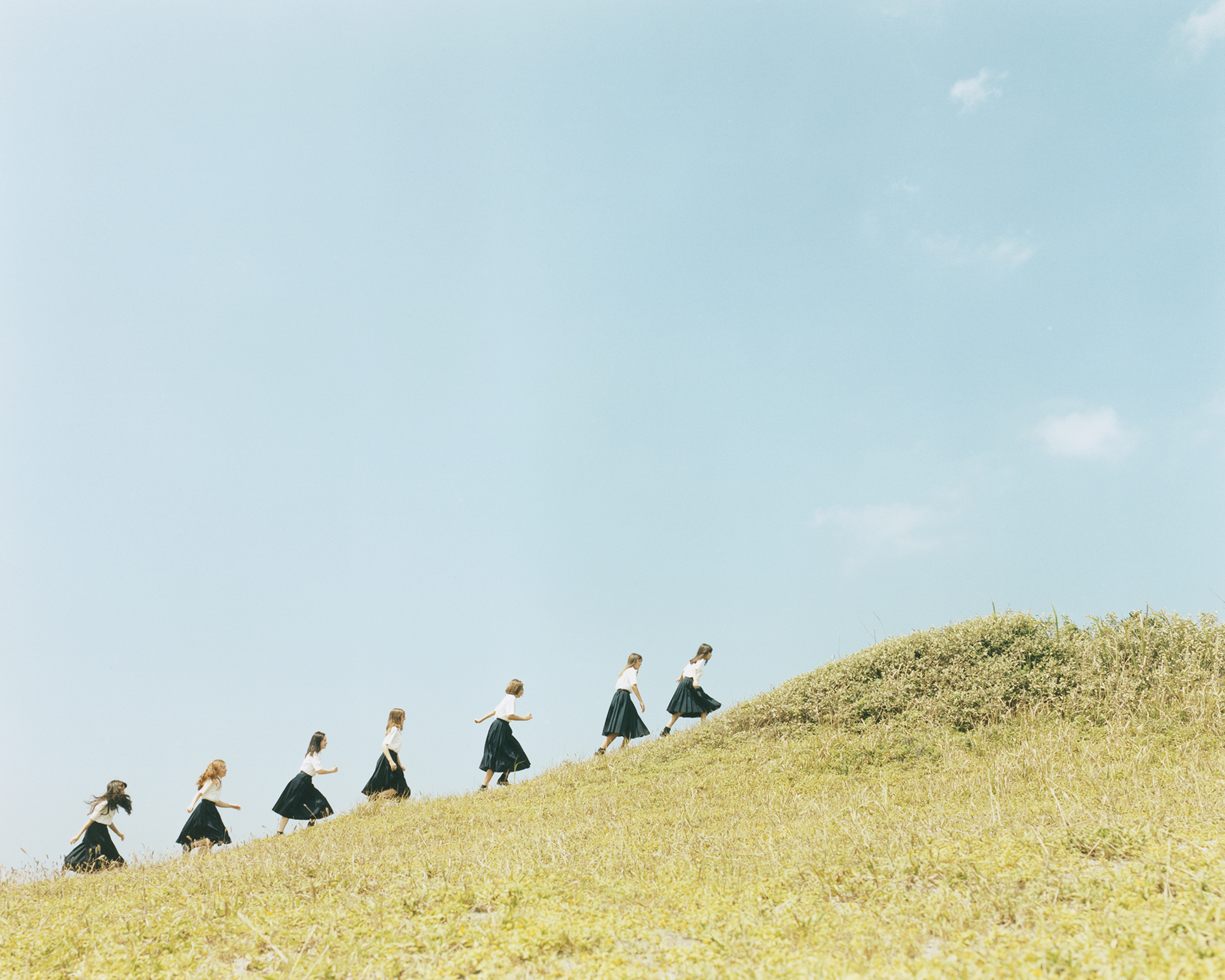
Osamu Yokonami, “Assembly C-I” (2011)
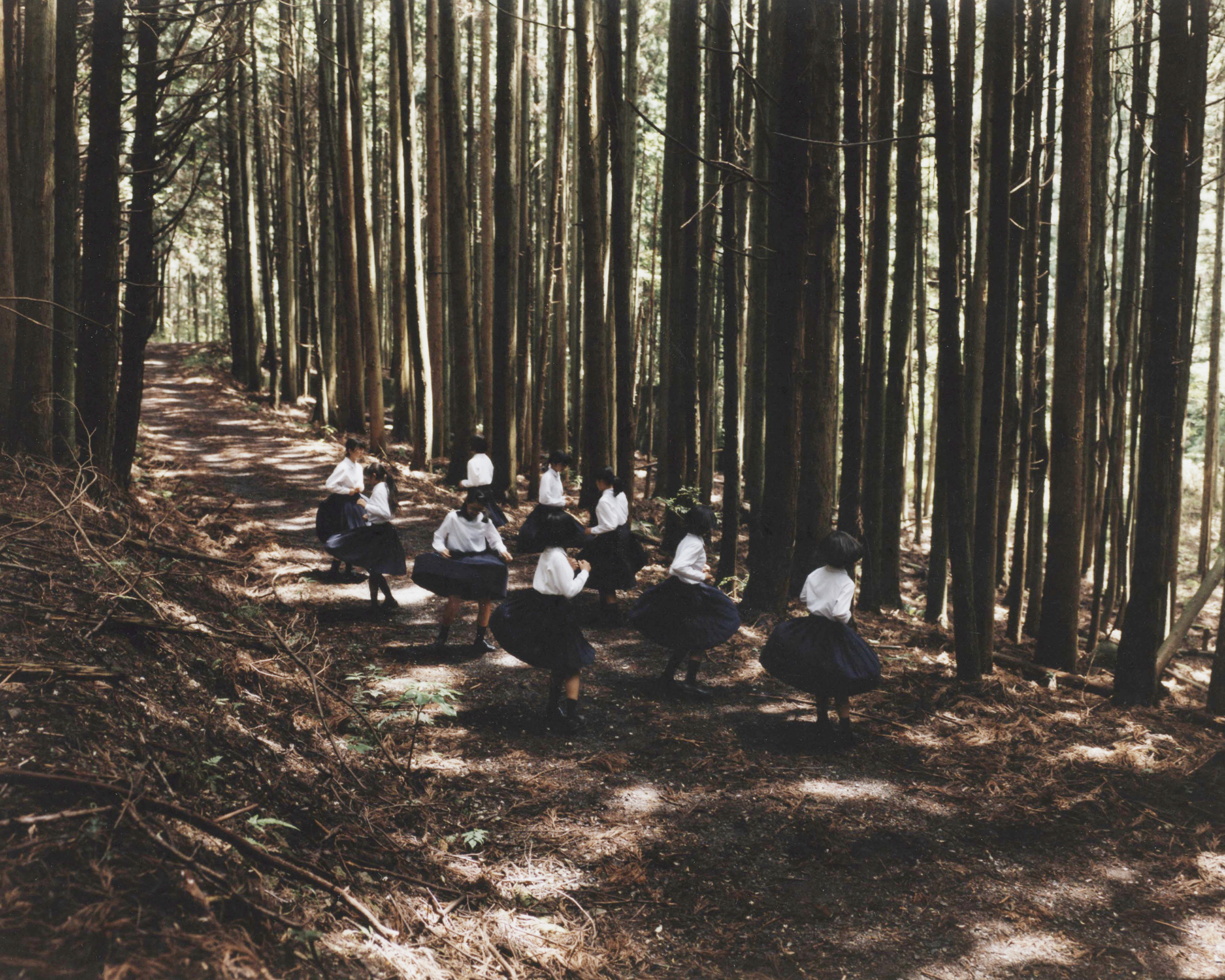
Osamu Yokonami, “Assembly K-7” (2014)
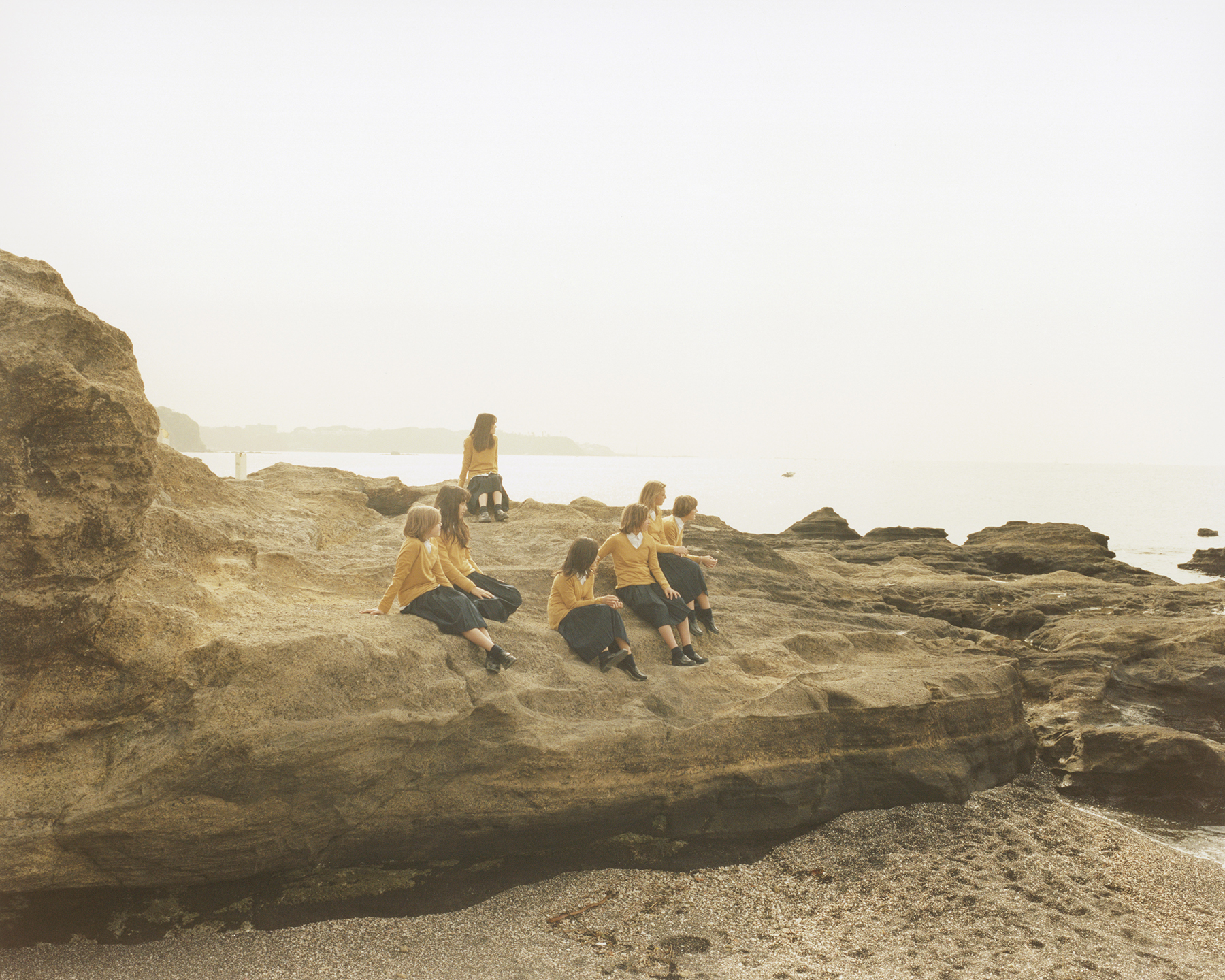
Osamu Yokonami, “Assembly A-5” (2010)
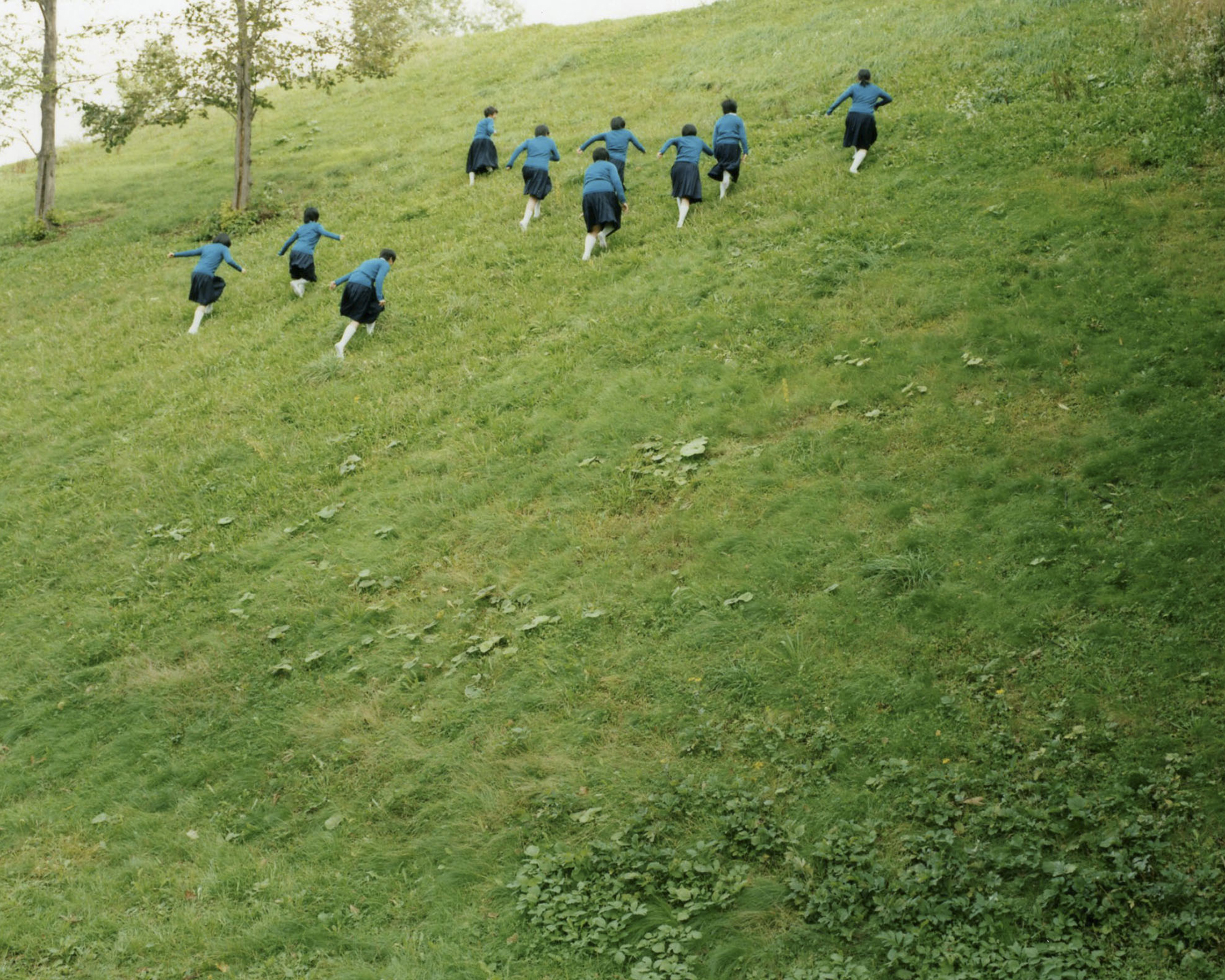
Osamu Yokonami, “Assembly H-3” (2013)
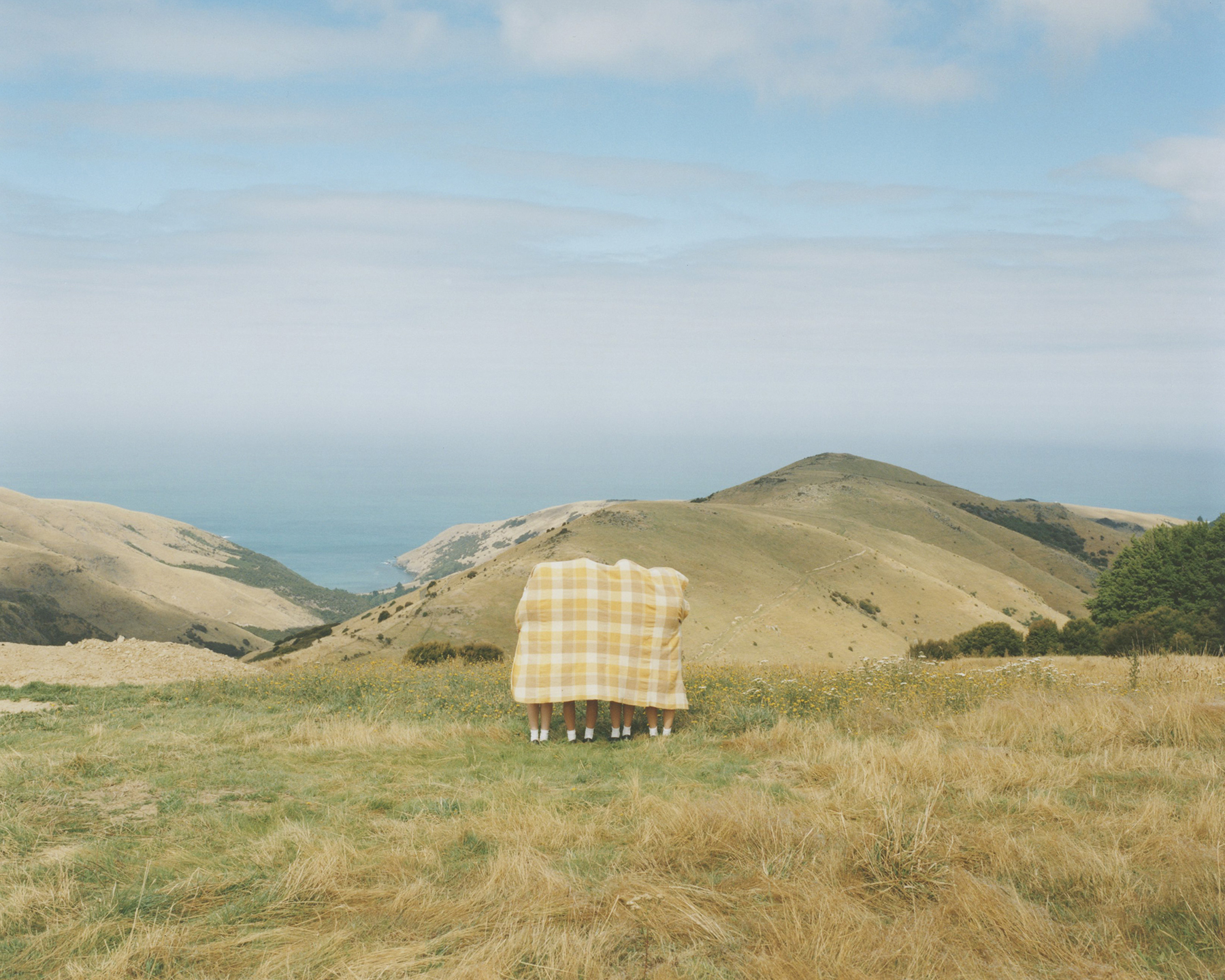
Osamu Yokonami, “Assembly G-11” (2013)
TRENDING
-
The Tattoos that Marked the Criminals of the Edo Period
Traditional tattoos were strong signifiers; murderers had head tattoos, while theft might result in an arm tattoo.

-
Paris, Tokyo: Robert Compagnon
With his co-chef and talented wife, Jessica Yang, Robert Compagnon opened one of the top new restaurants in Paris: Le Rigmarole.
 3:31
3:31 -
The Story of Sada Yacco, the Geisha who Bewitched Europe
Described by Dazed magazine as the first beauty influencer, she has been restored to her former glory since 2019.

-
Ito Jakuchu's Naturalist Paintings
From 15 September until 14 October 2018, the Petit Palais showcased the artist's iconic ‘Images of the Colourful Realm of Living Beings’.

-
Chiharu Shiota, Red Threads of the Soul
Last year, more than 660,000 people visited the retrospective 'Chiharu Shiota: The Soul Trembles' exhibit at the Mori Art Museum.





